The largest settlements of the Russian Federation are traditionally chosen according to two criteria: occupied territory and population. The area is determined by the general plan of the city. Population size - by the all-Russian population census, or by Rosstat data, taking into account the birth and death rates, if they are relevant.
The largest cities in Russia by population
The largest cities in Russia with a population of over 1 million people are 15. According to this indicator, Russia ranks third in the world. And their number continues to grow. Most recently, Krasnoyarsk and Voronezh entered this category. We present to you the top ten most populous Russian megalopolises.
10. Rostov-on-Don
Population: 1 125 thousand people.
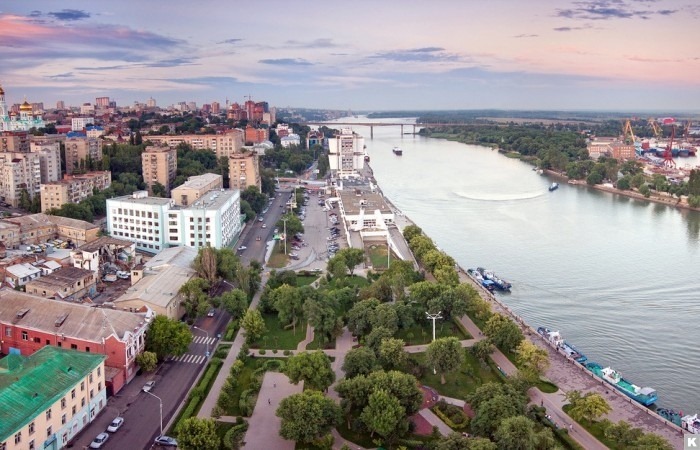 Rostov-on-Don became a millionaire city relatively recently - only thirty years ago. It is the only one among the ten largest cities in Russia that does not have its own metro. Its construction in 2018 will only be discussed. While the administration of Rostov is busy preparing for the upcoming World Cup.
Rostov-on-Don became a millionaire city relatively recently - only thirty years ago. It is the only one among the ten largest cities in Russia that does not have its own metro. Its construction in 2018 will only be discussed. While the administration of Rostov is busy preparing for the upcoming World Cup.
9. Samara
Population: 1,170 thousand people.
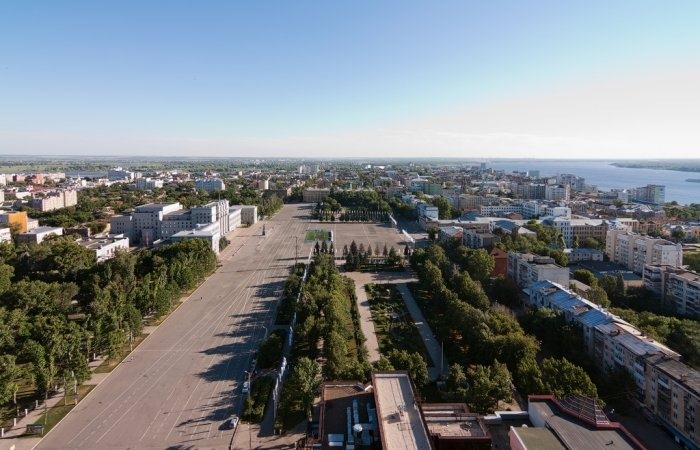 The penultimate place in the list of the largest cities in Russia by population is the administrative center of the Volga region - Samara. True, since 1985, the population preferred to leave Samara as soon as possible, until the situation improved by 2005. And now the city has even a slight increase in migration.
The penultimate place in the list of the largest cities in Russia by population is the administrative center of the Volga region - Samara. True, since 1985, the population preferred to leave Samara as soon as possible, until the situation improved by 2005. And now the city has even a slight increase in migration.
8. Omsk
Population: 1,178 thousand people.
 The situation with migration in Omsk is not brilliant - many educated Omsk citizens prefer to move to Moscow, St. Petersburg and neighboring Novosibirsk and Tyumen. Nevertheless, since 2010, the population in the city has been growing steadily, mainly due to the redistribution of the population in the region.
The situation with migration in Omsk is not brilliant - many educated Omsk citizens prefer to move to Moscow, St. Petersburg and neighboring Novosibirsk and Tyumen. Nevertheless, since 2010, the population in the city has been growing steadily, mainly due to the redistribution of the population in the region.
7. Chelyabinsk
Population: 1,199 thousand people.
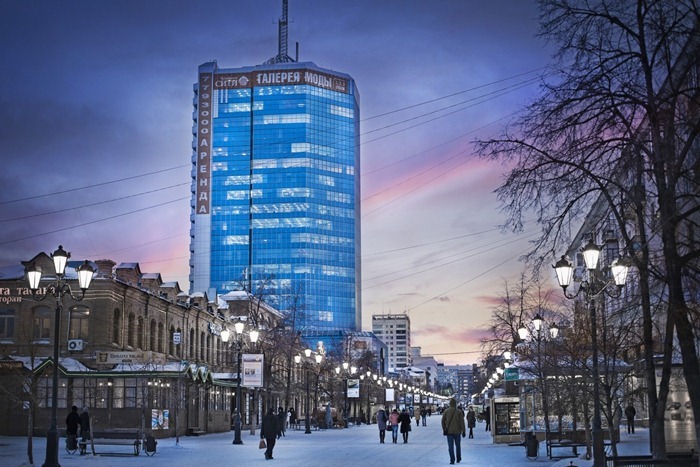 Unfortunately, Chelyabinsk is experiencing problems with livability: residents complain about the abundance of mud, giant puddles in the spring and summer, when, due to the inoperative storm sewers, entire neighborhoods are turning into a kind of Venice. It is not surprising that about 70% of Chelyabinsk residents are thinking about changing their place of residence.
Unfortunately, Chelyabinsk is experiencing problems with livability: residents complain about the abundance of mud, giant puddles in the spring and summer, when, due to the inoperative storm sewers, entire neighborhoods are turning into a kind of Venice. It is not surprising that about 70% of Chelyabinsk residents are thinking about changing their place of residence.
6. Kazan
Population: 1 232 thousand people.
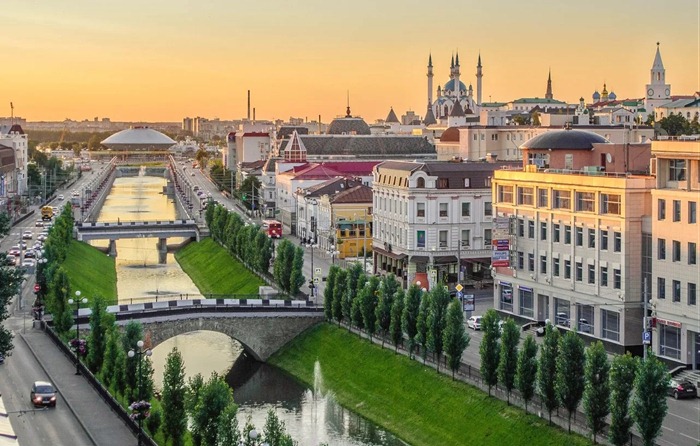 The capital of the Republic of Tatarstan rightfully bears the title of one of the most comfortable cities in Russia. This is likely one of the reasons the city has experienced steady population growth since the mid-90s. And since 2009 Kazan has come out in plus not only due to migration, but also in terms of natural growth.
The capital of the Republic of Tatarstan rightfully bears the title of one of the most comfortable cities in Russia. This is likely one of the reasons the city has experienced steady population growth since the mid-90s. And since 2009 Kazan has come out in plus not only due to migration, but also in terms of natural growth.
5. Nizhny Novgorod
Population: 1 262 thousand people.
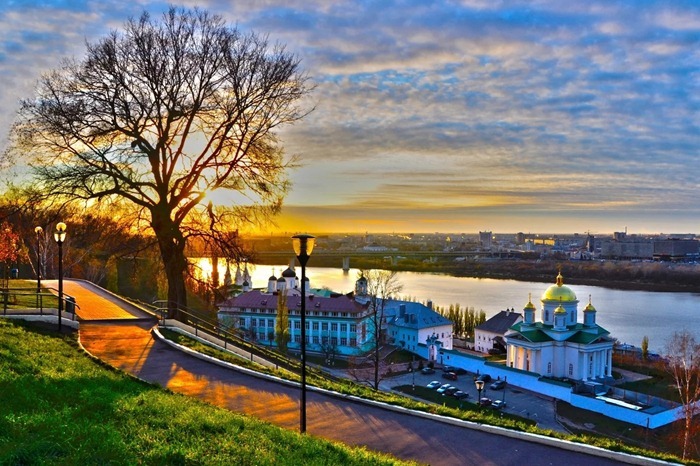 The ancient and very beautiful city is going through hard times in terms of the number of residents. The peak was in 1991, when the population exceeded 1,445 thousand people, and since then it has only been falling. A slight increase was observed only in 2012 - 2015, when the population increased by about 10 thousand people.
The ancient and very beautiful city is going through hard times in terms of the number of residents. The peak was in 1991, when the population exceeded 1,445 thousand people, and since then it has only been falling. A slight increase was observed only in 2012 - 2015, when the population increased by about 10 thousand people.
4. Yekaterinburg
Population: 1,456 thousand people.
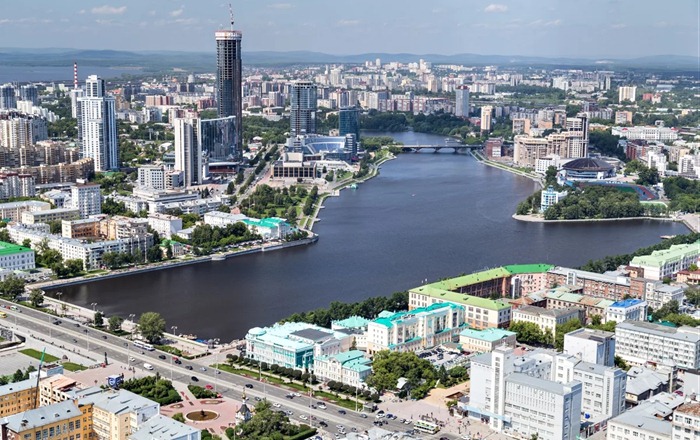 "Capital of the Urals" became a millionaire city exactly 50 years ago, in 1967. Since then, having survived the population decline in the "hungry 90s", the city's population has been growing slowly but steadily. It rises, as in all large cities of Russia, mainly due to migrants. But not the ones you thought of - the population replenishment mainly (over 50%) comes from the Sverdlovsk region.
"Capital of the Urals" became a millionaire city exactly 50 years ago, in 1967. Since then, having survived the population decline in the "hungry 90s", the city's population has been growing slowly but steadily. It rises, as in all large cities of Russia, mainly due to migrants. But not the ones you thought of - the population replenishment mainly (over 50%) comes from the Sverdlovsk region.
3. Novosibirsk
Population: 1,602 thousand people.
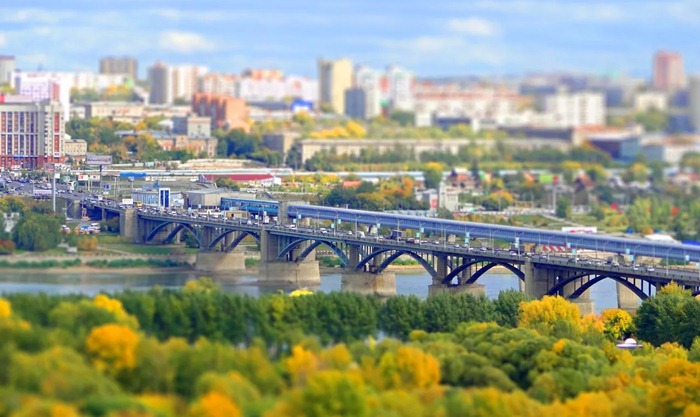 The third place in the list of the largest cities in Russia is occupied by the center of the Novosibirsk region. In addition to the status of a “millionaire”, the city can also boast of entering the top 50 cities in the world with the longest traffic jams. True, the Novosibirsk people are hardly happy with such a record.
The third place in the list of the largest cities in Russia is occupied by the center of the Novosibirsk region. In addition to the status of a “millionaire”, the city can also boast of entering the top 50 cities in the world with the longest traffic jams. True, the Novosibirsk people are hardly happy with such a record.
However, in contrast to traffic jams, the demographic situation in the city is more or less successful. A number of regional and state programs are being implemented in Novosibirsk, aimed at increasing the birth rate and reducing mortality. For example, at the birth of a third or subsequent child, the family is awarded a regional certificate for 100 thousand rubles.
According to the city authorities, if the current dynamics of population growth continues, then by 2025 the number of residents of the Novosibirsk region will increase to 2.9 million people.
2. St. Petersburg
Population: 5,282 thousand people.
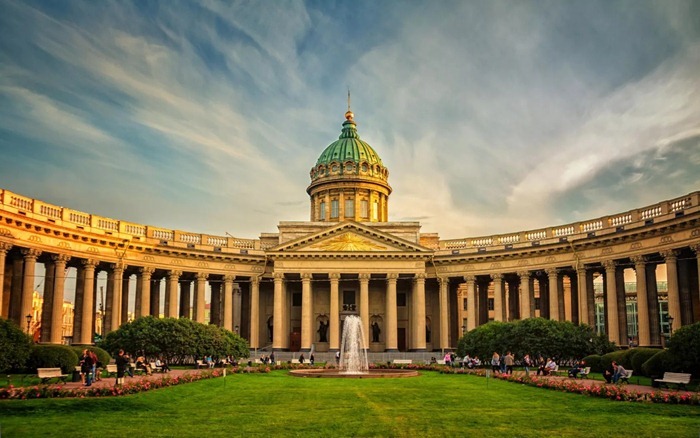 The cultural capital of Russia, where polite intellectuals bow to each other, lifting their berets, and animals such as "buns" and "curbs" still live, demonstrates a steady growth in both area and population.
The cultural capital of Russia, where polite intellectuals bow to each other, lifting their berets, and animals such as "buns" and "curbs" still live, demonstrates a steady growth in both area and population.
True, this was not always the case; since the end of the USSR, the population preferred to leave St. Petersburg. And only since 2012 a positive trend has been observed. In the same year in the city (for the second time in its history) a resident of five million was born.
1.Moscow
Population: 12 381 thousand people.
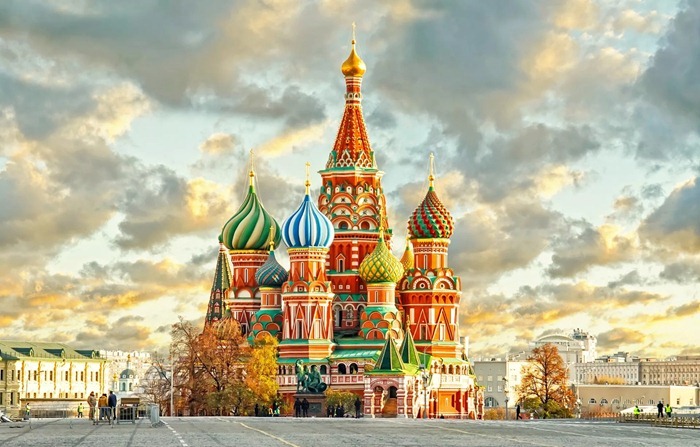 There is hardly an answer to the question: "What is the largest city in Russia?" became a surprise for someone. Moscow is the largest city in Europe in terms of population, but is not included in the first ten giant cities in the world.
There is hardly an answer to the question: "What is the largest city in Russia?" became a surprise for someone. Moscow is the largest city in Europe in terms of population, but is not included in the first ten giant cities in the world.
More than 12 million people live here, and if we add to this the population of the near Moscow region, which regularly travels to Moscow to work and to shop, the figure turns out to be more than impressive - 16 million. Due to the current economic situation in the country, the population is as modern Babylon and the surrounding territories will only increase. According to experts, by 2030 this number may reach 13.6 million.
Muscovites are traditionally not happy with "come in large numbers", and "come in large numbers" shrug their shoulders: "I want to live, and I even want to live well."
The largest cities in Russia by area
It would seem that the list of the largest cities in Russia in terms of area should coincide with the list of the most populated cities, but this is not the case. In addition to the simple population size, the area of a city is influenced by many factors - from the historical way of increasing territories to the number of industrial enterprises within the city. Therefore, some positions in the rating are capable of surprising the reader.
10. Samara
Area: 541.4 km²
 Samara opens the top 10 largest cities in Russia. It stretches along the western bank of the Volga River for more than 50 km with a width of 20 km.
Samara opens the top 10 largest cities in Russia. It stretches along the western bank of the Volga River for more than 50 km with a width of 20 km.
9. Omsk
Area: 566.9 km²
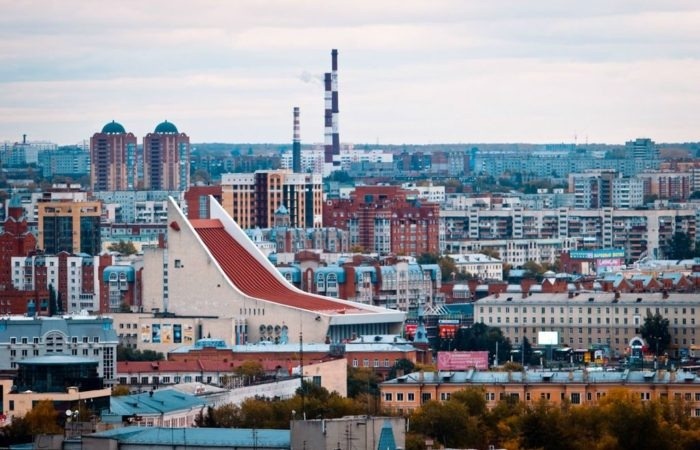 The population of Omsk exceeded a million people back in 1979, the territory of the city is large and, according to the Soviet tradition, the city was supposed to acquire a metro. However, the nineties burst out, and construction since then has been proceeding neither shaky nor shaky, but in general in no way. There is not even enough money for conservation.
The population of Omsk exceeded a million people back in 1979, the territory of the city is large and, according to the Soviet tradition, the city was supposed to acquire a metro. However, the nineties burst out, and construction since then has been proceeding neither shaky nor shaky, but in general in no way. There is not even enough money for conservation.
8. Voronezh
Area: 596.51 km²
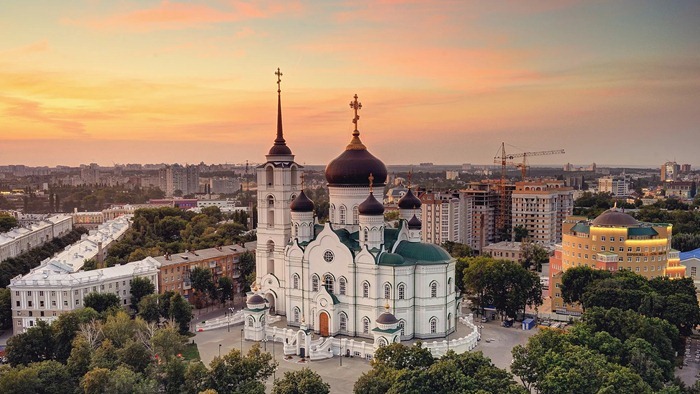 Voronezh became a millionaire city quite recently - in 2013. Some districts in it are almost exclusively the private sector - houses, from comfortable cottages to country houses, garages, vegetable gardens.
Voronezh became a millionaire city quite recently - in 2013. Some districts in it are almost exclusively the private sector - houses, from comfortable cottages to country houses, garages, vegetable gardens.
7. Kazan
Area: 614.16 km²
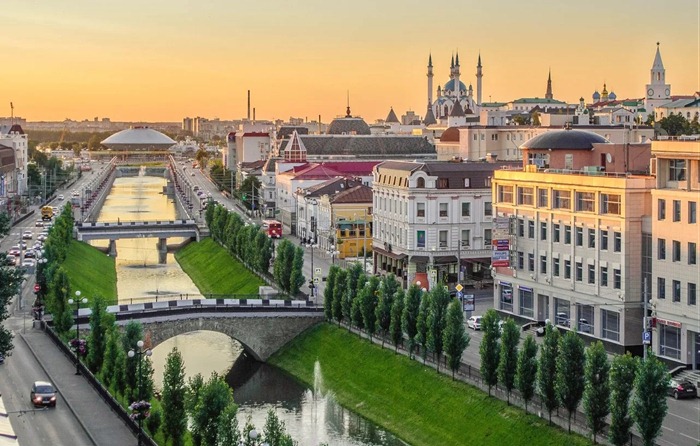 Due to the historically formed radial-ring development, Kazan is a fairly compact city with a convenient layout. Despite its size, the capital of Tatarstan is the only one millionaire in Russia that completely recycles its waste and has managed to maintain a more or less favorable environmental situation.
Due to the historically formed radial-ring development, Kazan is a fairly compact city with a convenient layout. Despite its size, the capital of Tatarstan is the only one millionaire in Russia that completely recycles its waste and has managed to maintain a more or less favorable environmental situation.
6. Orsk
Area: 621 km²
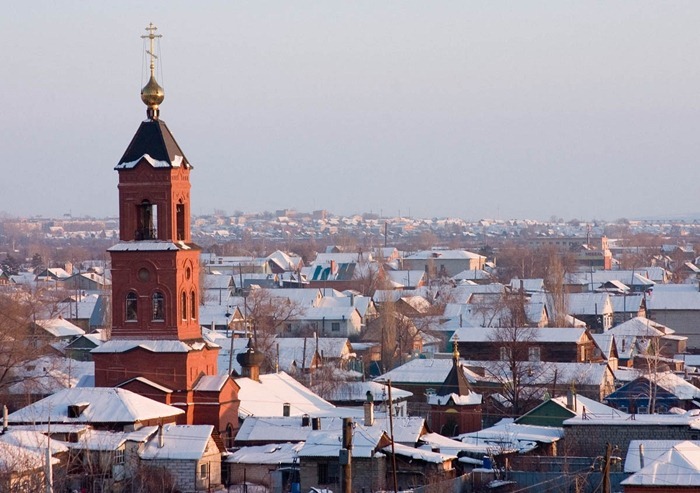 The only regional city that is not an administrative center and a millionaire, Orsk seems to have got into this rating by mistake. Its population is only 230 thousand people, which occupy an area of 621 km2, with a very low density (only 370 people per km2). The reason for such a huge territory with a small number of inhabitants is the large number of industrial enterprises within the city.
The only regional city that is not an administrative center and a millionaire, Orsk seems to have got into this rating by mistake. Its population is only 230 thousand people, which occupy an area of 621 km2, with a very low density (only 370 people per km2). The reason for such a huge territory with a small number of inhabitants is the large number of industrial enterprises within the city.
5. Ufa
Area: 707.93 km²
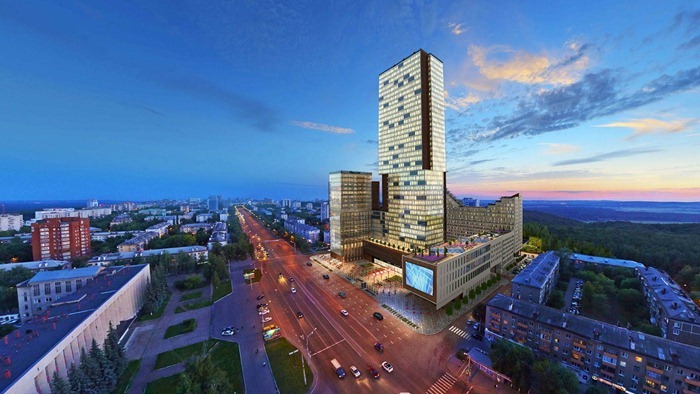 Ufa residents live spaciously - each has 698 m2 of the total area of the city. At the same time, Ufa has the lowest density of the street network among Russian megalopolises, which often manifests itself in huge multi-kilometer traffic jams.
Ufa residents live spaciously - each has 698 m2 of the total area of the city. At the same time, Ufa has the lowest density of the street network among Russian megalopolises, which often manifests itself in huge multi-kilometer traffic jams.
4. Perm
Area: 799.68 km²
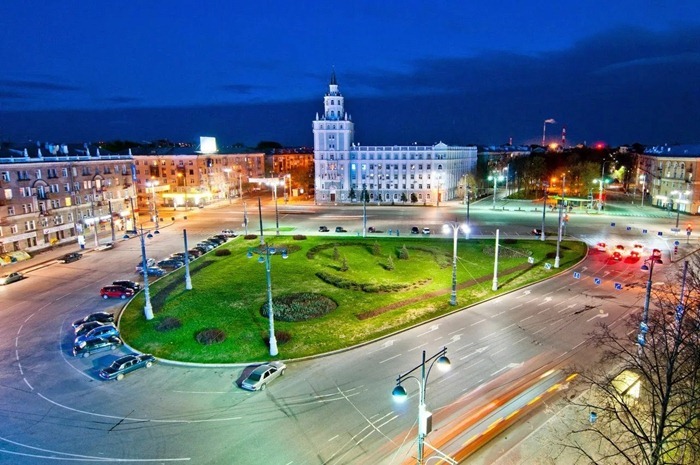 Perm became a millionaire in 1979, then in the nineties due to the general decline in the population, it lost this status for more than 20 years. Only in 2012 was it possible to return it. The Perm people live freely (the population density is not too high, 1310 people per km2) and green - the total area of green spaces is more than a third of the citywide.
Perm became a millionaire in 1979, then in the nineties due to the general decline in the population, it lost this status for more than 20 years. Only in 2012 was it possible to return it. The Perm people live freely (the population density is not too high, 1310 people per km2) and green - the total area of green spaces is more than a third of the citywide.
3. Volgograd
Area: 859.4 km²
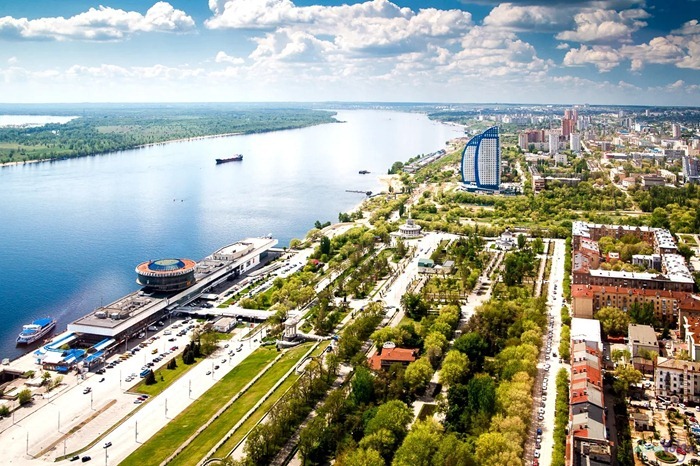 Although Volgograd became a million-plus city relatively recently, in 1991, it has long been in the top three in terms of territory. The reason is the historically uneven urban development, where apartment buildings, village houses with plots and empty steppe spaces alternate with each other.
Although Volgograd became a million-plus city relatively recently, in 1991, it has long been in the top three in terms of territory. The reason is the historically uneven urban development, where apartment buildings, village houses with plots and empty steppe spaces alternate with each other.
2. St. Petersburg
Area: 1439 km²
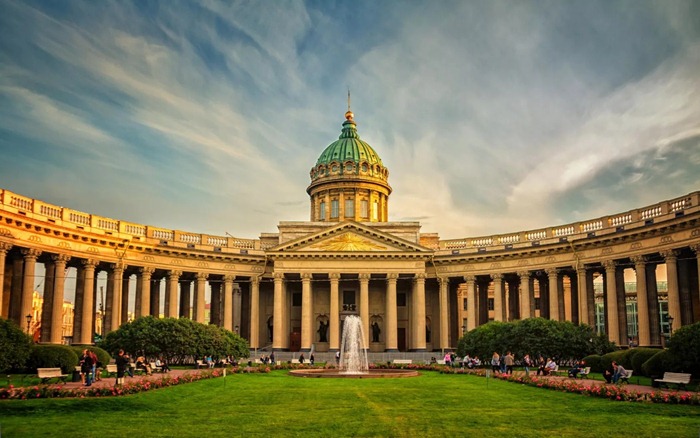 In contrast to the compact radial-beam "old" Moscow, St. Petersburg is freely spread out at the mouth of the Neva. The length of the city is over 90 km. One of the peculiarities of the city is the abundance of water bodies that occupy 7% of the entire territory.
In contrast to the compact radial-beam "old" Moscow, St. Petersburg is freely spread out at the mouth of the Neva. The length of the city is over 90 km. One of the peculiarities of the city is the abundance of water bodies that occupy 7% of the entire territory.
1.Moscow
Area: 2561.5 km²
 And the unconditional first place among the largest cities in Russia is given to Moscow. Its area is 1.5 times the area of the second place in the rating, St. Petersburg. True, until 2012 the territory of Moscow was not so impressive - only 1100 km2. So it has grown significantly due to the annexation of the southwestern territories, the total area of which reaches 1480 km2.
And the unconditional first place among the largest cities in Russia is given to Moscow. Its area is 1.5 times the area of the second place in the rating, St. Petersburg. True, until 2012 the territory of Moscow was not so impressive - only 1100 km2. So it has grown significantly due to the annexation of the southwestern territories, the total area of which reaches 1480 km2.

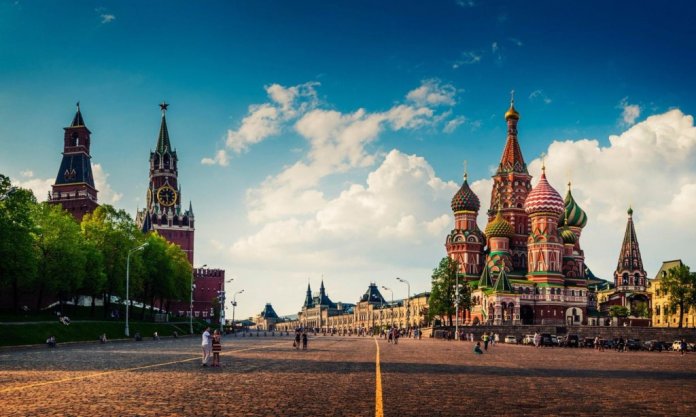
I got great satisfaction from your smart answers. Happy New Year, health and good luck.
The inhabitants of Perm are Permians.